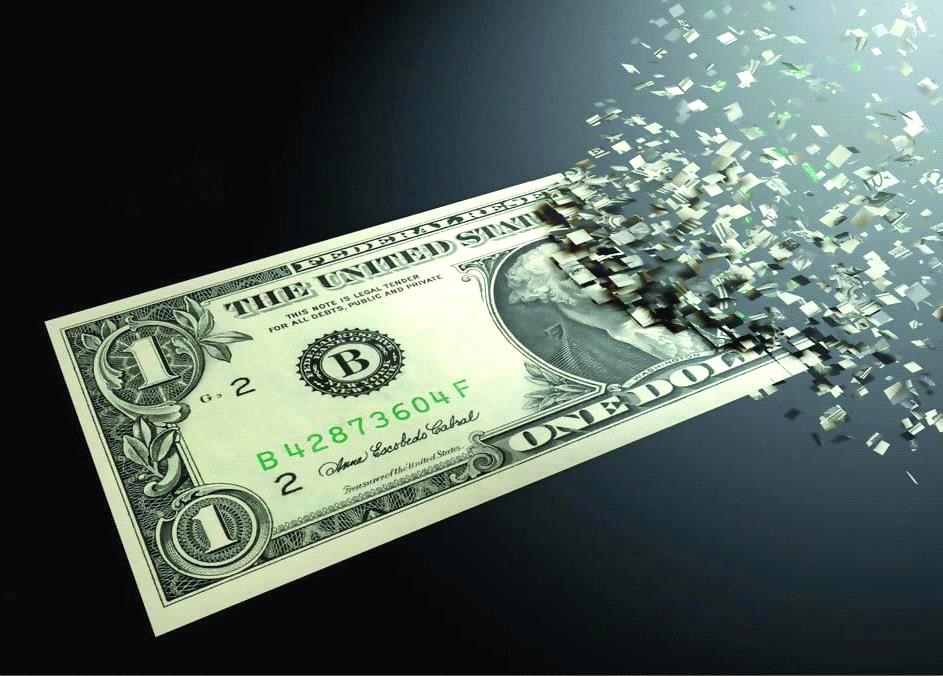The United States is facing a growing wave of global de-dollarisation. Many of the largest and most populous countries are banding together to launch a US dollar alternative for international trade, following years of abusing its reserve currency status.
The BRICS countries, comprising Brazil, Russia, India, China, and South Africa, are reportedly working on establishing a new currency for use in intra-member state transactions that is not dependent on the US dollar or the euro but rather backed by gold or other commodities.
While there has been no official confirmation from other officials from the member nations, the plan is expected to be presented at the next BRICS leaders’ summit scheduled for August 2023 in South Africa.
BRICS Leading the Charge
Amid the ongoing Ukraine-Russia war and the subsequent sanctions imposed on Moscow, Russian lawmaker Alexander Babakov has suggested that India, China, and Russia should form a new economic association with a shared currency backed by gold and other rare-earth elements. Babakov believes a new currency would benefit their shared objectives and help push back against USD hegemony.
President Vladimir Putin has also prioritised and enhanced Russia’s role in groupings such as BRICS to help adapt the world order to the realities of a multipolar world. China and India are Russia’s main allies on the world stage.
The new currency could potentially reduce dependency on the US dollar and the euro, a concern for several countries, including Russia, India, and China. However, it remains uncertain whether the creation of a new currency by the BRICS nations will come to fruition and what its implications could be for global trade and the current financial system.
India-Malaysia
On April 1, 2023, India and Malaysia agreed to trade using INR as a mode of settlement following the launch of India’s Foreign Trade Policy to establish the rupee as a global currency. Trading in local currencies can reduce business transaction costs and encourage economic integration, but it may also increase exchange rate volatility and create an administrative burden.
The move from the US dollar is significant, indicating India’s willingness to de-dollarise its international trade. The agreement is expected to benefit SMEs and could encourage other countries in the region to explore similar arrangements, but potential risks should be monitored and mitigated.
Russia-China
Russia has been embracing the Chinese yuan, as it has become increasingly restricted from Western financial networks and the US dollar. The rise of the yuan in Russia’s economy strengthens ties between the two countries, which have long rivalled each other for global influence but have grown closer amid shared discontent with the West.
Russian households, companies, and sovereign wealth funds are all becoming more reliant on the yuan. Energy exporters are increasingly getting paid in yuan, Russia’s sovereign-wealth fund is using the currency to store its oil riches, Russian companies have borrowed in yuan, whilst households are stashing savings in the currency.
China-Brazil
According to reports, Brazil and China have agreed to conduct their trade transactions using their local currencies instead of the US dollar. Under the deal, both countries will exchange yuan for reais rather than first converting their currencies to the US dollar.
ApexBrasil, the Brazilian Trade and Investment Promotion Agency, expects the move to reduce costs and promote and facilitate bilateral investment and trade. China is Brazil’s largest trading partner, accounting for over a fifth of all imports, followed by the US. It is also Brazil’s biggest export market, accounting for more than a third of all exports.
The global trend towards de-dollarisation is gaining momentum as many countries seek to reduce their dependence on the US dollar in international trade. The move away from the US dollar is significant, indicating a willingness to de-dollarise international trade.
 Live
Live

